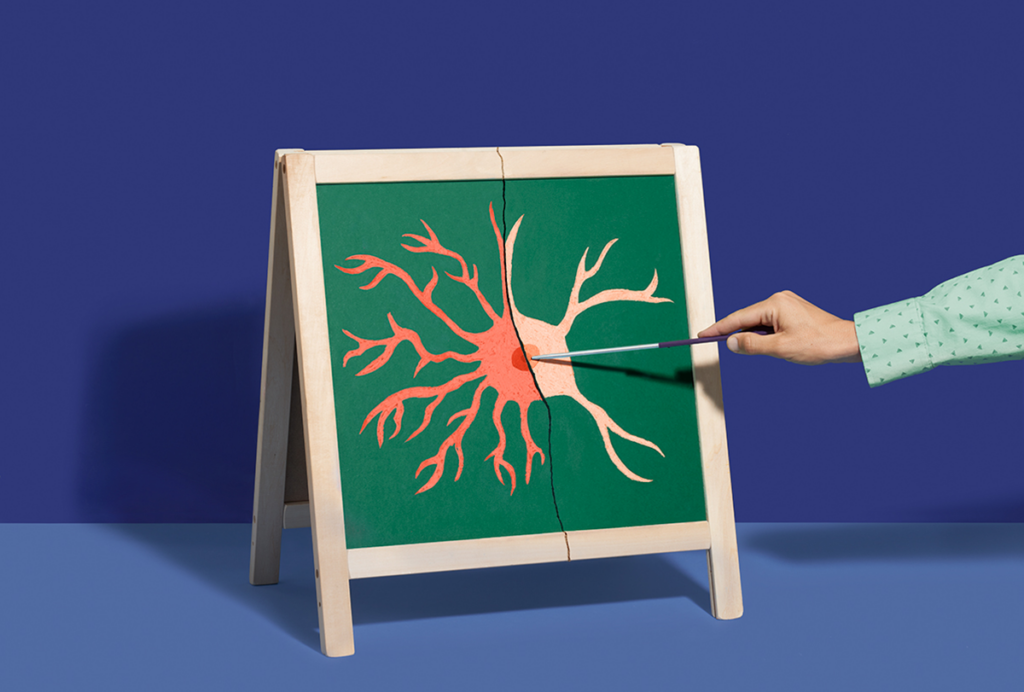Ethan Scott, professor of neuroscience at the University of Queensland in Australia, gave a talk on Monday, 14 November at Neuroscience 2022 about his work phenotyping sensory differences in zebrafish larvae that model genetic forms of autism. In this clip, he explains the work in his lab and findings from larvae that model fragile X syndrome.
Transcript:
Ethan Scott: So my lab is interested in sensory systems and the ways in which sensory information comes through and moves through the brain. And we study this in larval zebrafish because they’re small and transparent. What we can do is we can express a calcium indicator and then use a technology called light sheet microscopy to image calcium across the brain and to observe activity in neurons across the brain, both at the whole-brain level and resolving individual neurons within it.
Now the way this helps us to address sensory processing is we can present stimuli — sounds is what I’ll talk about today — we can present auditory stimuli to these animals and look at the activity across their brain as they perceive that, as they decide to respond to it or not to respond to it. So an advantage of this approach is we can then model the whole network at the level of individual neurons while visualizing the whole brain. And that’s permitted us to describe certain things that the zebrafish auditory system can do that hadn’t been appreciated before, like resolve individual frequencies, individual tones, and respond to specific stimuli like crescendos.
In the context of modeling autism, what it allows us to do is take these baselines where we’ve described how auditory processing moves through the brain and compare it in wildtype animals to siblings that bear mutations that are relevant to autism. For instance, with the FMR1gene, we’ve seen auditory responses that are more widespread across the brain, that don’t have as good fidelity back to the stimuli as they do in wildtypes, and that therefore lead to an oversensitive but under-precise auditory system in those animals. So from that departure point, we can then start mathematically modeling how information flows through and doing experimental manipulations in the brain to see exactly how it is that the FMR1 brain, which models fragile X syndrome, differs from the wildtype brain.
Read more reports from Neuroscience 2022.





